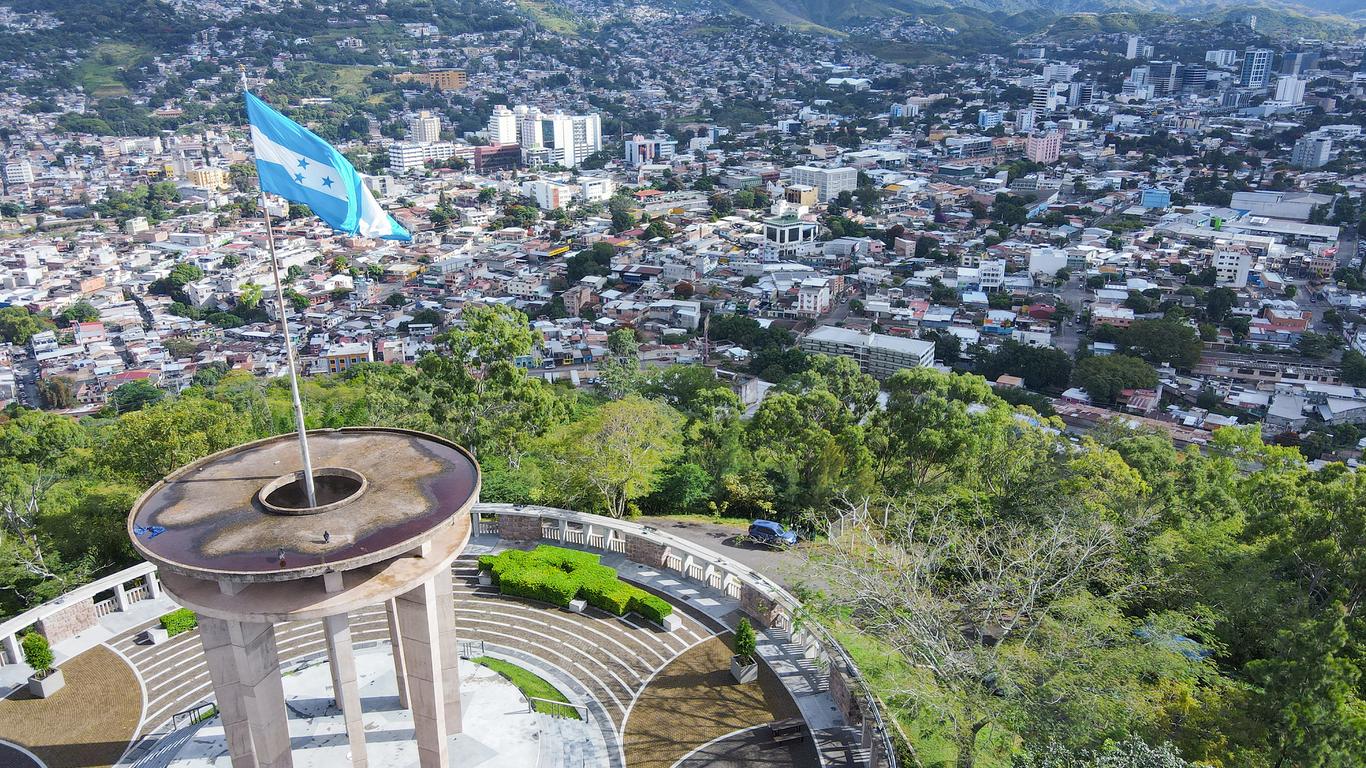Affectionately known as “Tegus”, Tegucigalpa is the Honduran capital. It was claimed by Spain in 1578 and designated as the capital in 1800 under the presidency of Marco Aurelio Soto. Today, it is clustered with colonial buildings and museums celebrating the nation’s cultural heritage.
Things to do in Tegucigalpa
In the heart of Tegucigalpa is the magnificent Cathedral of St. Michael the Archangel, which was built in the 18th century in an ornate Baroque style. It is decorated with paintings by Jose Miguel Gomez that depict scenes from the Bible, as well as a statue of San Miguel. At the back of the cathedral is a peaceful courtyard with an altar dedicated to the Virgin Mary.
If you’re interested in the history of Honduras and its people, pay a visit to the Museum of National Identity. It occupies a 19th-century palace that has been beautifully restored and can be explored independently or with the help of an English-speaking guide. In addition to a collection of art and artefacts collected across the country, it offers a virtual reality tour of the UNESCO-listed ruins of Copan.
For elevated views across Tegucigalpa, head to the hilltop Cerro Juana Lainez Park, which can be accessed via a wooded walking trail. Continue south-east and you’ll arrive at the Basilica of Our Lady of Suyapa, which houses a highly revered 18th-century wooden statue. The basilica itself is a modern masterpiece and the site of a pilgrimage in early February each year.
Getting around Tegucigalpa
Toncontin International Airport is a 10-minute drive from the centre of Tegucigalpa and has flights to destinations across Honduras. Long-distance buses connect from Central American capitals to Tegucigalpa while local buses travel throughout the city. Taxis are readily available for getting around.





